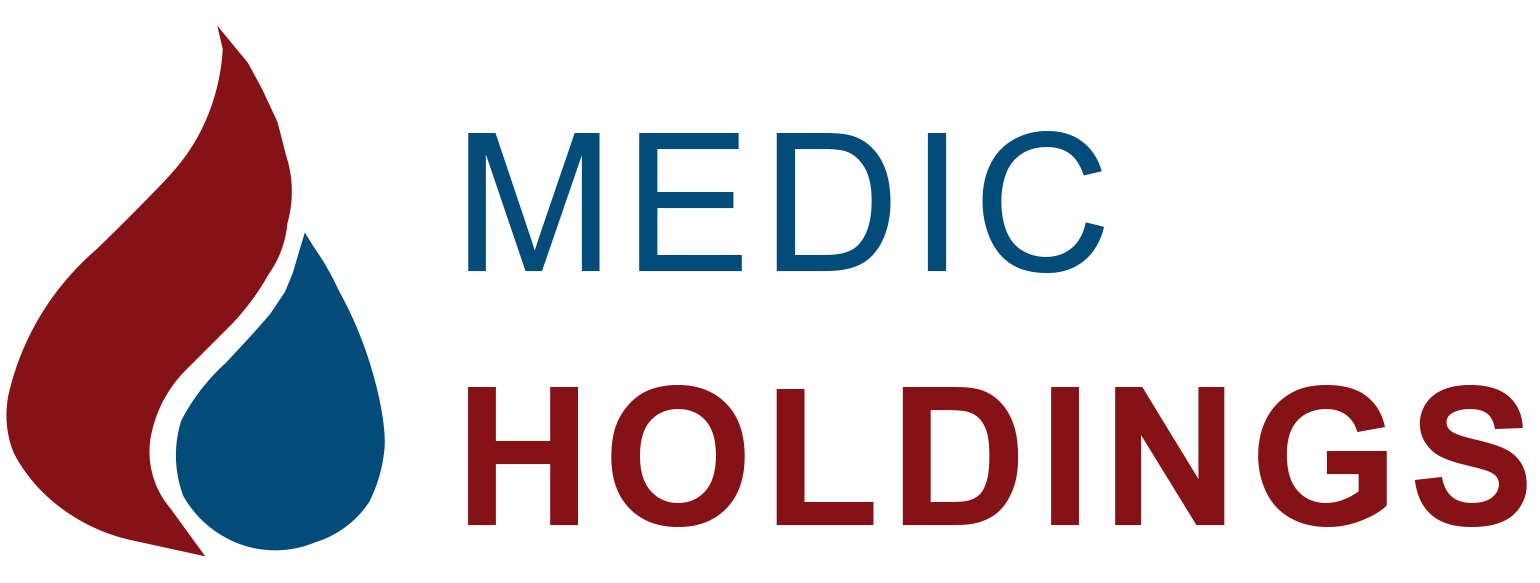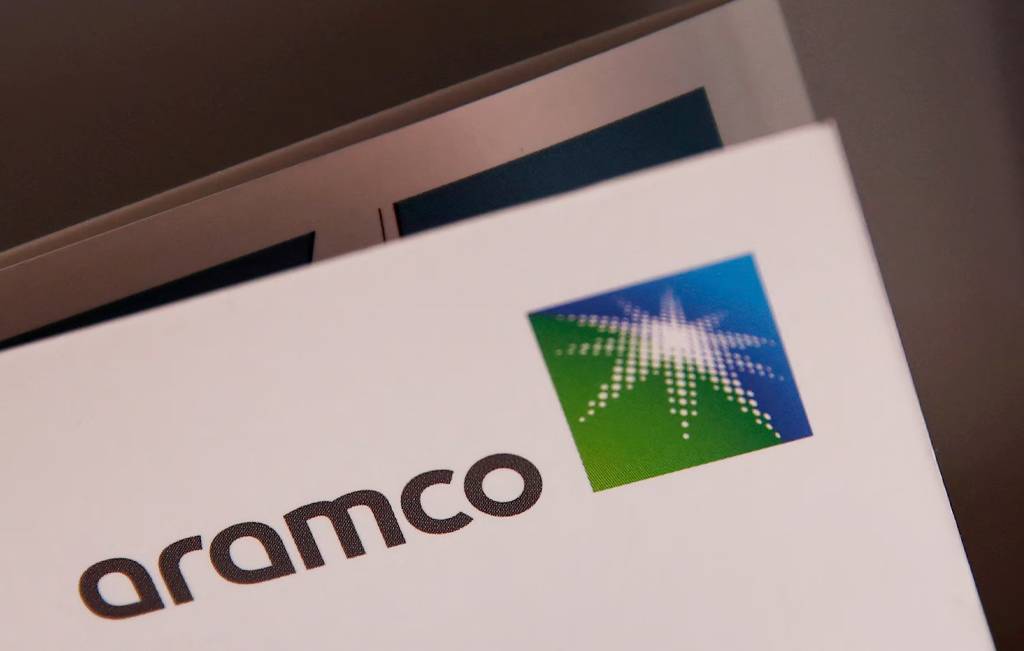In April 2025, the Government of Kenya made headlines by renewing its petroleum import agreements with three Gulf oil-exporting giants—Abu Dhabi National Oil Company (ADNOC), Saudi Aramco, and Emirates National Oil Company (ENOC)—under favorable credit terms. This renewal not only secures stable fuel supplies for the country in the face of global price volatility but also ensures continued access to oil imports without upfront cash payments, thanks to a 180-day credit facility.
This development is a continuation of Kenya’s state-to-state oil import arrangement launched in 2023 to stabilize the local fuel market, ease pressure on foreign exchange reserves, and reduce the immediate cash burden on importers. For regional players like Medic Holdings Limited, this signals growing opportunities in bulk petroleum logistics, storage, and cross-border fuel supply, especially as Kenya’s new deals affect neighboring markets such as Uganda, Rwanda, and the DRC.
This blog delves deep into the story behind Kenya’s oil deal renewal, examines the structure and economics of the 180-day credit line, and outlines the implications for the East African petroleum sector—presenting opportunities for strategic engagement by private oil marketing firms, regional distributors, and logistics providers.
The Background: Kenya’s Strategic Oil Import Shift in 2023
Historically, Kenya has imported petroleum products through private oil marketing companies operating on open credit and cash terms. However, in April 2023, Kenya initiated a state-backed import program involving direct procurement from Gulf national oil companies (NOCs). The goal was to:
-
Mitigate the sharp depreciation of the Kenyan shilling
-
Reduce immediate demand for US dollars
-
Stabilize local pump prices
-
Secure supply during a time of global geopolitical instability
The Original Gulf Deal (2023–2024):
-
Partners: Saudi Aramco, ADNOC, and ENOC
-
Products: Refined petroleum (diesel, petrol, jet fuel)
-
Structure: Government-to-Government (G2G) supply deals
-
Payment terms: 180-day credit through nominated local banks
-
Effect: Foreign exchange demand reduced by up to $500 million monthly
Despite initial skepticism, the deals were largely successful, with Kenya enjoying uninterrupted fuel supplies through volatile periods—including the Red Sea disruptions, OPEC+ production cuts, and international sanctions on Russia.
April 2025 Renewal: Details of the New Agreements
In April 2025, after a series of high-level meetings involving the Ministry of Energy and Petroleum, the National Treasury, and representatives from ADNOC, ENOC, and Aramco, Kenya announced the renewal of its G2G oil supply agreements for another 12 months.
Key Features of the Renewed Agreements:
-
Same 3 suppliers: ADNOC, ENOC, and Saudi Aramco
-
Product volumes maintained: Approx. 6.4 million barrels per quarter
-
180-day credit terms retained
-
Flexible pricing index based on regional and global benchmarks
-
Delivery ports: Mombasa (primary), with new consideration for Kisumu and Lamu as overflow depots
-
Local oil marketers: Continue to access fuel via the Open Tender System (OTS), coordinated by the Energy and Petroleum Regulatory Authority (EPRA)
This renewal reinforces Kenya’s energy security strategy and gives the government continued breathing room to manage the currency, inflation, and forex reserves.
How the 180-Day Credit System Works
At the heart of the deal is the 180-day deferred payment system, a relatively unique structure in the global oil trade that offers Kenya—and potentially its regional partners—a massive advantage.
Structure of the Credit Facility:
-
Oil shipment arrives in Kenya
-
Delivered by tankers from ADNOC, Aramco, or ENOC
-
Discharged at Mombasa and entered into national inventory
-
-
Kenya receives the cargo immediately
-
Product is distributed to retail stations and bulk consumers
-
Local Oil Marketing Companies (OMCs) pay in Kenyan shillings
-
-
Nominated Kenyan banks settle payment after 180 days
-
In foreign currency (USD)
-
No upfront demand on Kenya’s forex reserves
-
Managed by the Central Bank of Kenya (CBK)
-
This financing model improves liquidity in the local fuel market, shields consumers from abrupt forex-driven price hikes, and enhances trade stability across East Africa.
Regional Spillover Effects – Opportunities and Risks
1. Influence on Regional Pricing
Kenya’s pump prices often influence fuel costs in Uganda, Rwanda, Burundi, and eastern DRC, especially where private traders import fuel via Kenya’s ports. With stable supply and flexible pricing in Kenya:
-
Fuel costs in landlocked countries could stabilize
-
Parallel importers will find it harder to compete on price
-
Incentives to formalize cross-border fuel supply chains will increase
2. Opportunities for Logistics Providers
Companies like Medic Holdings Limited can tap into this environment by:
-
Partnering with Kenyan suppliers to move bulk product across borders
-
Offering just-in-time deliveries to commercial clients
-
Enhancing storage capacity in border towns (e.g., Busia, Malaba, Nimule)
3. Strategic Storage Hubs
With Kenya’s bulk imports under control, regional governments may invest in:
-
Strategic petroleum reserves (SPRs) in Kisumu, Eldoret, Kampala
-
Joint storage terminals to ensure buffer stocks for emergencies
-
This opens the door for Medic Holdings to expand its storage infrastructure footprint
Challenges to Monitor
Despite the benefits, several concerns must be managed proactively:
1. Debt Accumulation
While deferred payment eases short-term pressure, it increases Kenya’s external commercial debt exposure. A failure to repay after 180 days could:
-
Strain relations with Gulf suppliers
-
Attract penalties or interruptions in supply
-
Weaken the Kenyan shilling further
2. Over-Reliance on Few Suppliers
A narrow sourcing base (limited to 3 Gulf exporters) could:
-
Reduce Kenya’s bargaining power
-
Limit flexibility in the event of geopolitical conflict or supplier disruption
-
Raise vulnerability to Gulf-centric supply shocks
3. FX Volatility and Interest Rate Shocks
Even with deferred payments, Kenya remains exposed to:
-
Global interest rate increases (raising repayment costs)
-
Dollar appreciation (increasing settlement value)
-
Local inflation driven by international fuel costs
Medic Holdings Limited: Ready to Support Regional Petroleum Trade
At Medic Holdings, we see Kenya’s renewal of its Gulf oil supply deals as a regional turning point. Our presence across Uganda, Kenya, Rwanda, and the DRC, combined with our international procurement hub in Dubai (Meedek PTL FZE), positions us to be a vital part of the evolving petroleum ecosystem.
Our Competitive Edge:
1. Cross-Border Logistics Expertise
We move thousands of liters of fuel monthly across multiple East African borders, offering:
-
Efficient customs handling
-
Well-maintained trucking fleets
-
Last-mile delivery to retailers and industries
2. Bulk Storage and Distribution
We operate and partner with storage facilities that enable:
-
Buffer stock management
-
Timely replenishment
-
Emergency delivery during supply disruptions
3. Procurement Support from UAE
Via Meedek PTL FZE, we:
-
Procure fuel additives, lubricants, and storage components
-
Leverage credit lines with Gulf suppliers
-
Facilitate financing for regional fuel clients
Our Vision:
To build a sustainable, secure, and efficient petroleum supply chain for East and Central Africa that reduces dependency on price shocks, improves logistics coordination, and supports industrial growth.
A Look Ahead: What’s Next for Kenya’s Fuel Strategy?
As Kenya settles into the renewed deal through 2025–2026, we expect the following trends to shape the sector:
1. Fuel Subsidy Reforms
Kenya is reviewing how to manage pump prices long-term, potentially reintroducing smart subsidies for vulnerable populations while maintaining market-based pricing.
2. Digitalization of Imports and Payments
Systems like e-Cargo tracking, digital tendering, and AI-based demand forecasting will become more prevalent.
3. Regional Oil Policy Harmonization
With Kenya, Uganda, and Tanzania all engaged in major oil infrastructure (EACOP, refinery planning, LNG terminals), a more harmonized regional energy strategy is needed.
Conclusion: Stability Today, Transformation Tomorrow
The April 2025 renewal of Kenya’s Gulf oil supply deals is a defining moment—not just for Kenya’s economy but for the entire East African region. With 180-day credit terms, Kenya has secured a rare advantage: reliable fuel access without immediate forex strain.
As a logistics and energy solutions provider, Medic Holdings Limited stands ready to support governments, private marketers, and commercial clients through:
-
Smart logistics
-
Regional supply networks
-
Strategic procurement solutions
Our promise is to bring efficiency, integrity, and innovation to every liter we move—because energy is more than fuel; it’s the engine of prosperity.
Contact Medic Holdings Limited
📍 Uganda Headquarters
📞 +256 782 097098 | +256 702 097098
📧 [email protected]
📍 Dubai Office – Meedek PTL FZE (Umm Al Quwain Free Trade Zone)
📦 Fuel Logistics | Bulk Petroleum | Commodity Trade
🌍 Powering Progress in East Africa, One Barrel at a Time.

